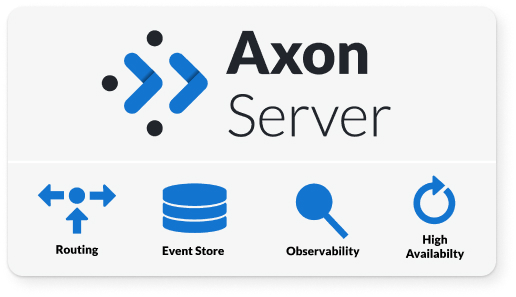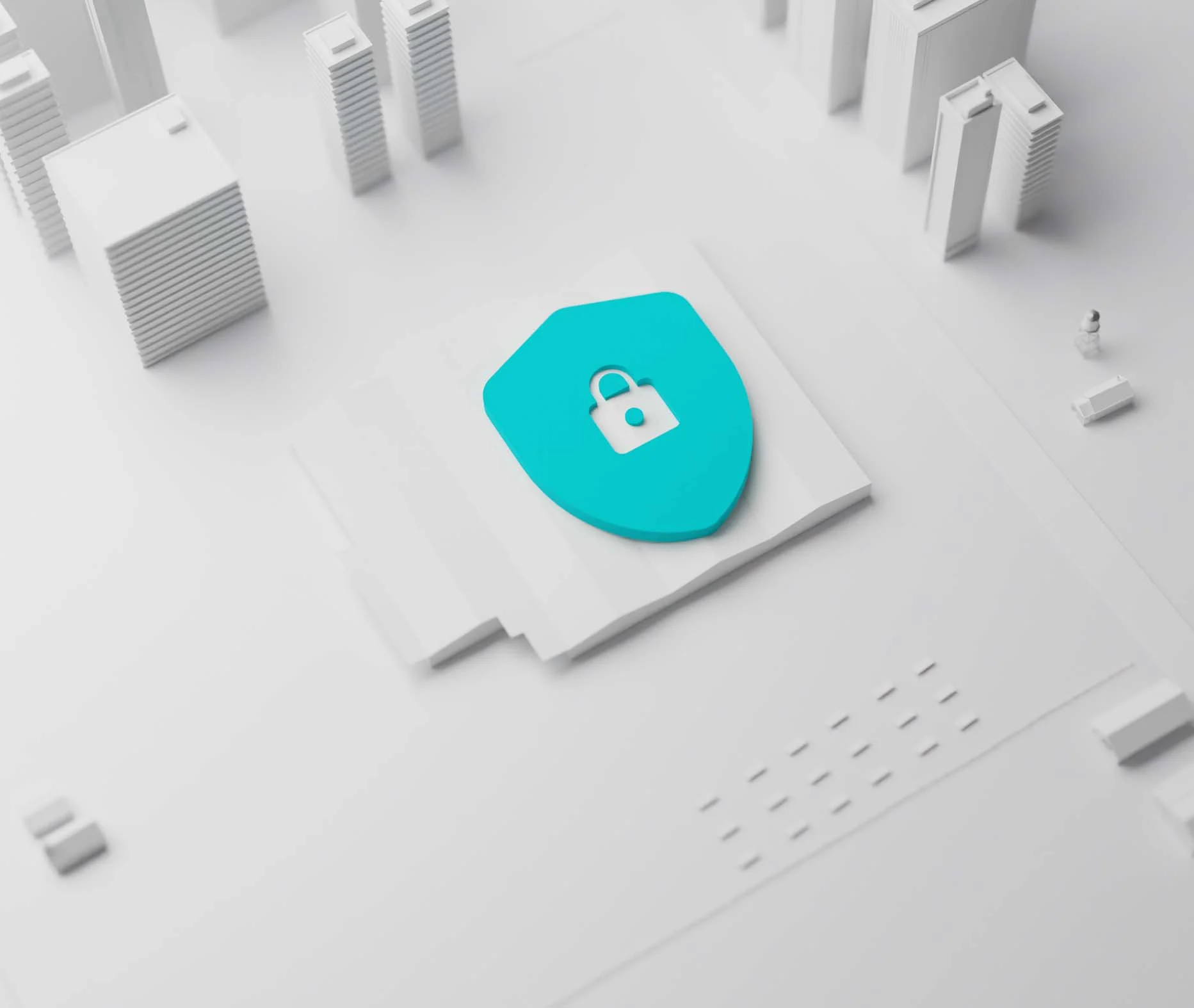Axon Server
Run modern applications seamlessly with zero-configuration message routing and event storage
Axon Server is our custom-built scalable and highly available event store and message delivery system, which coordinates the communication between components, considering the expectations for each type of message: commands, events, and queries. This allows systems to evolve as their functional or technical needs change over time. Furthermore, Axon Server can track all changes as a reliable source of truth, guaranteed to contain the whole truth and nothing but the truth.
Brand new user interface
- Clearer system overview
- Scheduled events overview
- System health monitoring
- Improved search
- Improved diagnostics
- Dark mode
Message routing and event store in one
Axon Server is freely available to get started quickly and easily. Various other options are available for serious enterprise deployments to give you the assurance and functionality you need. The Enterprise functionality adds SLA-backed support, clustering, monitoring, and integration features to the free Axon Server – ensuring your application is ready for enterprise deployment. Expansion packs are available for security and compliance, global multi-data center deployments, and big-data applications.

Zero configuration management
Microservices systems are often associated with complex configuration management. Setting up service discovery and message routing correctly is a time-consuming and error-prone task. Axon Server eliminates this complexity. Because it’s built for this purpose, it performs service discovery and message routing with zero configuration. It just works.
Real-time insight
In a complex microservices system, it can be hard to understand what’s going on when teams need to debug a problem. Axon Server helps: it automatically provides a graphical overview of our landscape, with drill-down functionality to get detailed information about message handlers. Also, it allows you to do ad hoc querying on events, extracting specific information from JSON or XML event payloads.
Easy scale-out
As your application becomes more successful, you may need to scale your service components horizontally. Axon Server makes it easy: spin up new instances, and Axon Server takes care of the rest. It detects multiple copies of the same service and deals with this correctly for commands, events, and queries. No matter whether you have two instances or 50.
Standard functionality
Zero-configuration messaging
Event store
Management UI
REST management API and CLI
Role-based access control for users and applications
Single node, context, application binding
Enterprise functionality
Zero-configuration messaging
Event store
Management UI
REST management API and CLI
Role-based access control for users and applications
Support for multiple application bindings
Consensus-based clustering
Multiple (bounded) contexts
Geographically distributed and/or localized contexts
Tiered storage, including ephemeral tiers
Event transformation API
Support for multi-tenant deployments
Authentication and authorization using LDAP/OAuth/OpenID Connect (Extension)
Support for Data Protection (Plugin)



We compared the old and new situation and saw a 2400% performance gain using the Axon stack.”
Shopey Mossavar-Rahmani
Senior Principal Software Engineer, Large Swedish furniture retailer